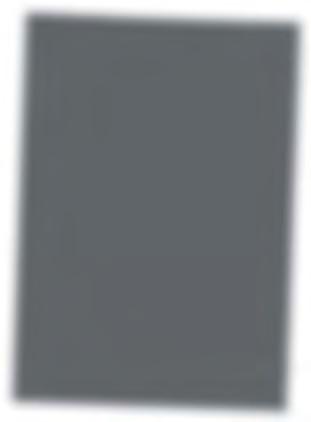
3 minute read
Bird ID ..........................................................................Sukey Bathgate & Finlay Marsh
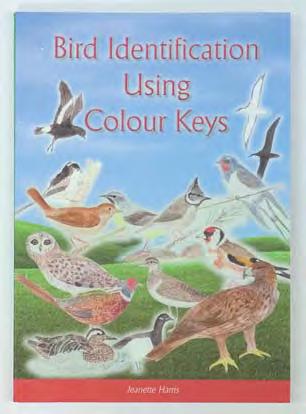
Sukey Bathgate and Finlay Marsh with Phil Brown
As soon as I received a copy I was impressed, not only with the charming illustrations and concise and helpful text, but also with the book’s extremely sensible structure enabling birds to be easily identified. In all 227 species of British birds are grouped first by colour and then by habitat (land or water). Some birds sensibly are repeated in several sections. Under each illustration is a short piece of text covering keynote identification cues, mannerisms and where it’s likely to be found.

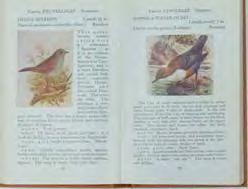
Larger illustrations and more diagnostic
Author: Jeanette Harris, paperback, 160pp., self-published 2012.
Most of us grew up with, and M fondly remember, ‘The Observer’s fo Book of Birds’ that provided Bo us with a good grounding in u Britain’s birds - despite some B gross illustrations. Then, in due g course, we migrated to more co adult tomes such as Collins or a Peterson. P
Now there is a new birdwatching starter-book Nowthereisa new to consider, entitled ‘Bird Identification Using Colour Keys’ - it is a novel and sensible way of unravelling the complexities of bird identification. It was written by Jeanette Harris (a relatively new SOG member) and was designed and illustrated by her in order to help her grandchildren and nieces and nephews to get to grips with identifying birds. A little over the page size of the Harrier, the book contains a total of 310 good-sized bird illustrations, yet it remains easy to use in the field. But that’s enough from this adult. As I’m not the target market we handed out copies of the book to two children, asked them to use it and then review it. Here’s what they had to say:

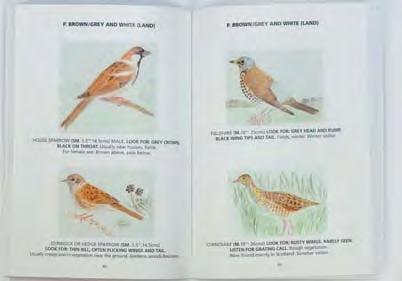
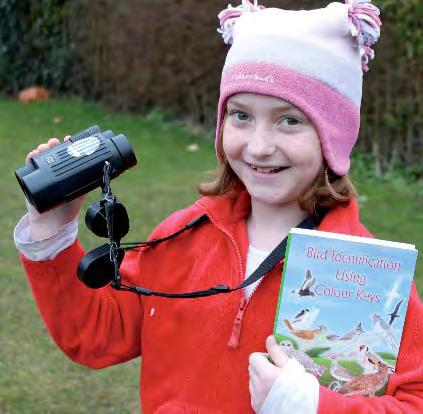
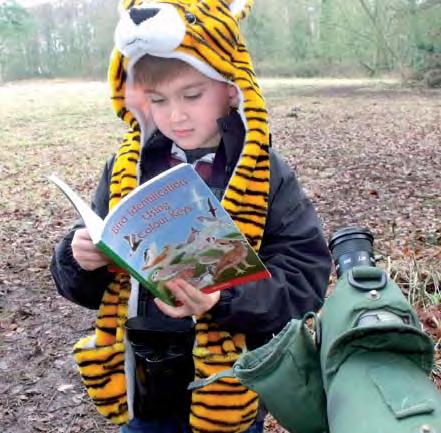
Sukey Bathgate is nine years old and only recently started bird watching. Her email ran as follows:
Thank you very much for the bird book, I’m really enjoying it!!!!
I loved the way that it was organised - by colour - and it had lots of informati on without taking up much room.
It is easy to fi nd the bird even without looking at the index. For instance: If I see a green bird, I can look in the green secti on and fi nd out that it is a Greenfi nch and not a Green Woodpecker. However, it didn’t have Willow Tit from when we were in the Brecks. But it did have Marsh Tit. Also a page has already fallen out. For the summary, I think it is a great book and it has inspired me to write my own bird guide.
From SUKEY!!!
Finlay “is it rare?” Marsh is seven years old and, when interviewed about his views on this book, he said:
“This book has helped me to enjoy bird watching. I’ve used it to identify a Long-tailed Duck for myself in January, a Waxwing in our garden and a Woodcock at Holbrook. The pictures are really nice and there’s lots of detail about what to look out for and it tells you where to look for each species too.
It’s the best book in the world!”
After two such positive views there’s not much for me to add except to say it’s available direct from the author at an extremely reasonable price of £10.00, plus £1.50 postage and packing for a single copy. So if you’ve a young grandchild, nephew or niece you won’t go far wrong buying this charming book for them. They’ll definitely find it very useful, as will also their parents (and, if truth be told, quite a few older birders too!). Contact details: Jeanette Harris, The Old Police House, Main Road, Sutton, Woodbridge IP12 3DU. Suffolk. Email: ferryfarm12@btinternet.com










